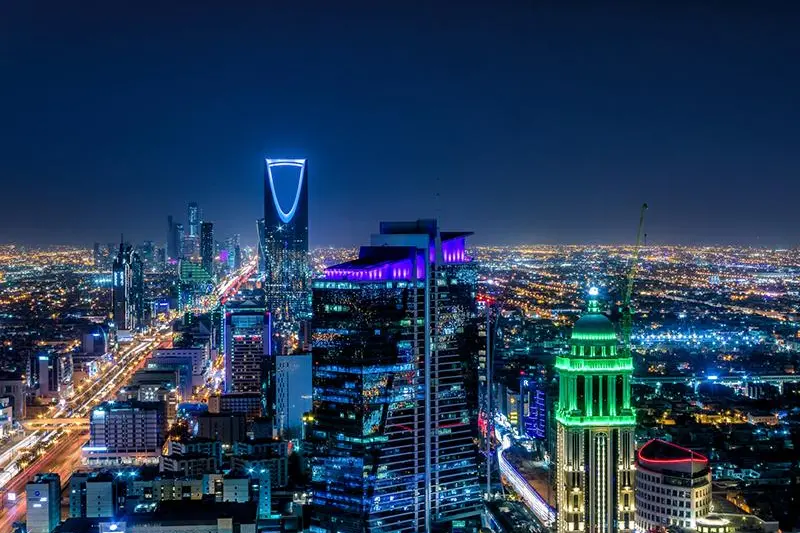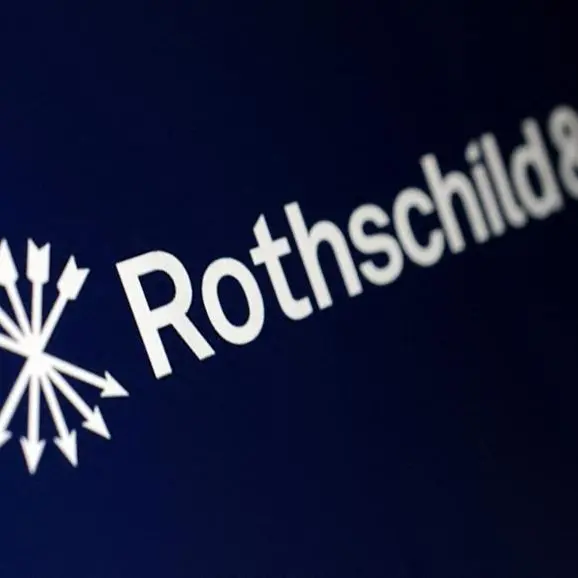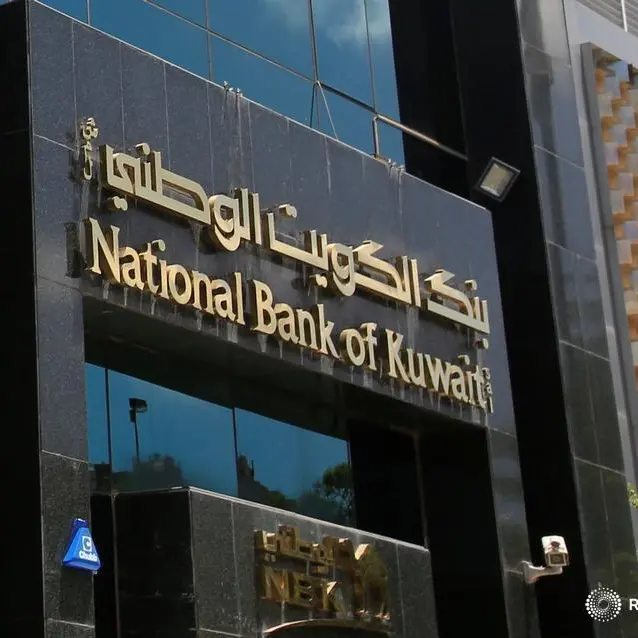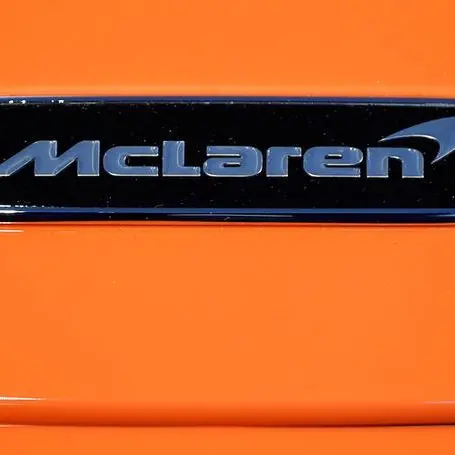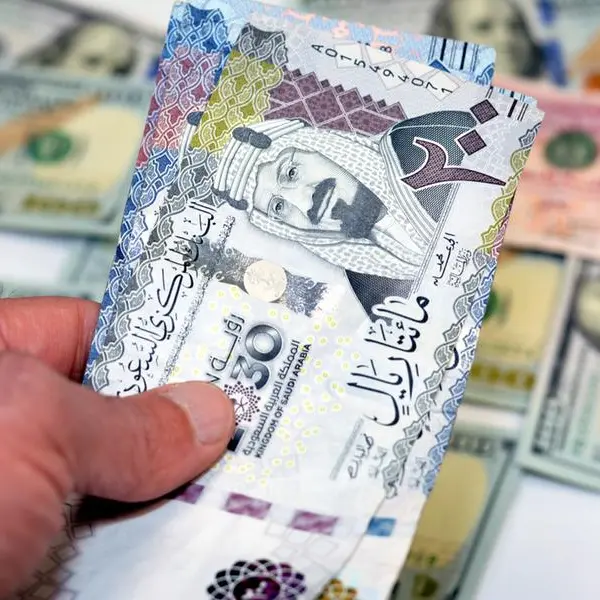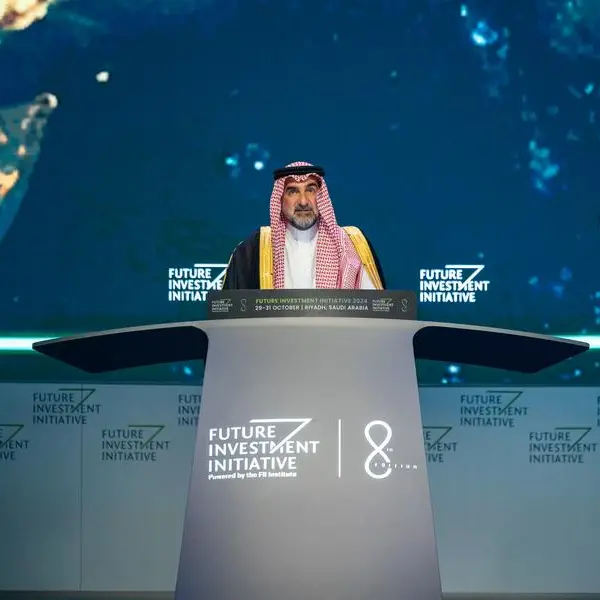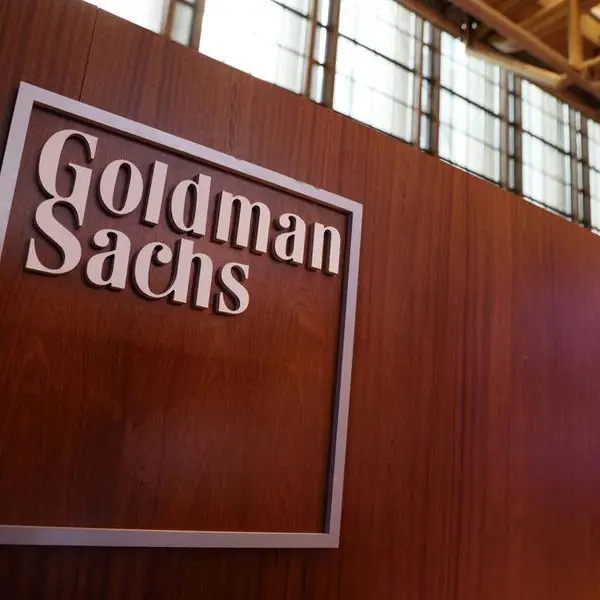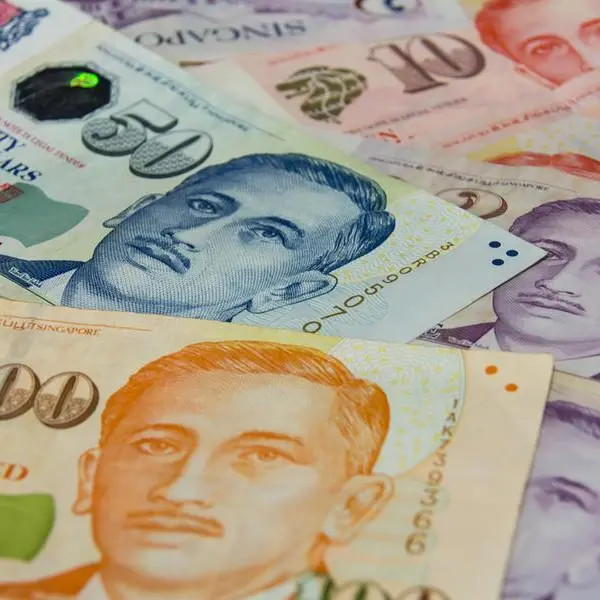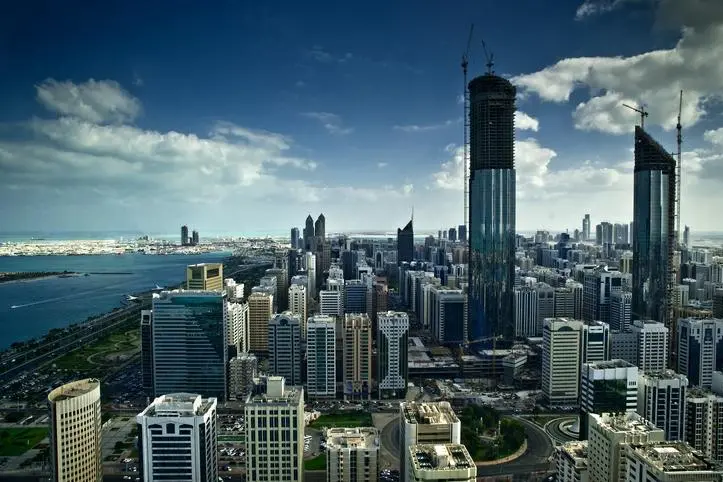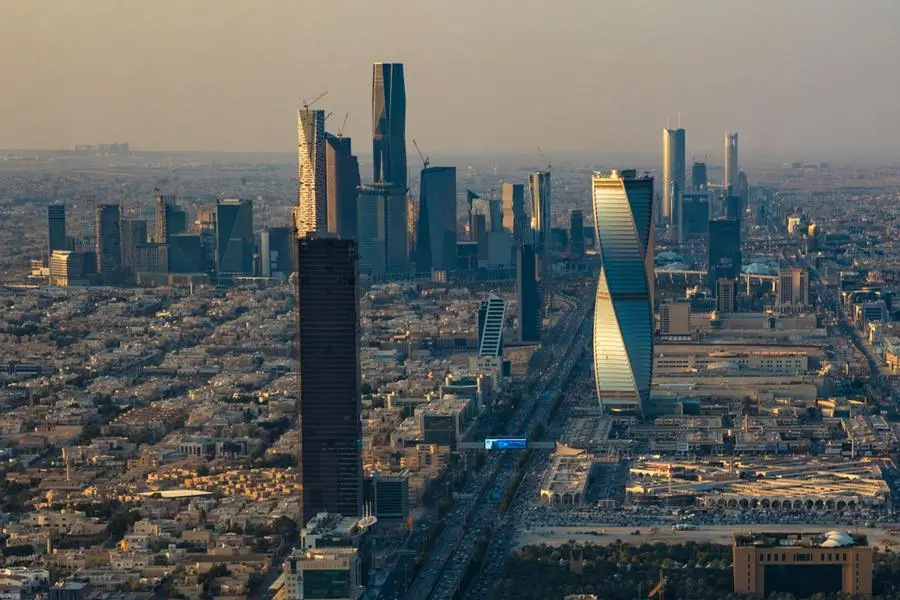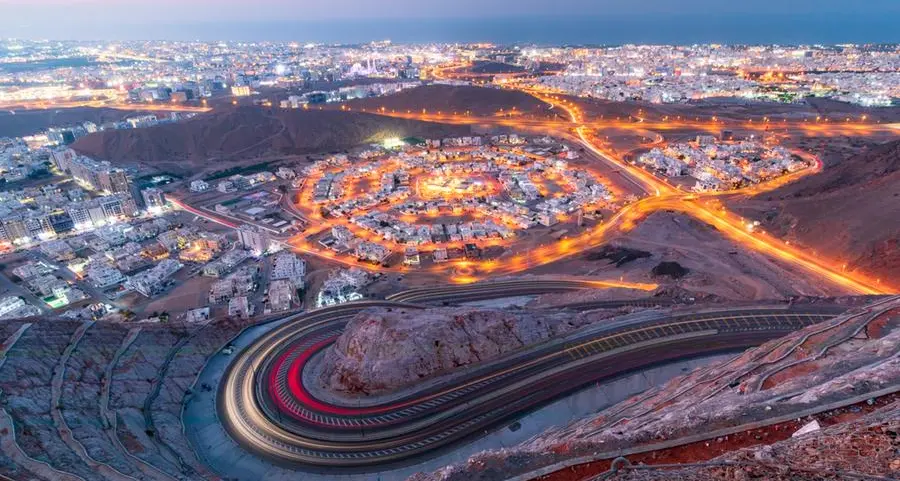PHOTO
The headline above would be a perfect headline for a column written by some angry columnists who have their minds fixed on seeing Saudi Arabia as a country that can't advance nor could its institutions lead.
From oil prices fluctuations to geopolitics to many other reasons that we all know — which I don’t need to mention here — there is always something one can hold against the Public Investment Fund and the A1 rating it got for the very first time from Moody's on Feb. 7.
This rating puts the PIF, as the fund is known, as a leading sovereign wealth fund in the Middle East whereas many other SWFs have not considered rating yet. Why would they do it anyway? Since they have been known to operate secretly without opening their books to anyone, or subject themselves to a rigorous governance reporting system which is needed to be shown to the rating agencies.
SWFs across the region are ought to be professional institutions highly governed and run by technical people with a wealth of knowledge and experience. However, when it comes to strategy and governance, one can’t be so sure since we don’t know much about these areas.
What I do know is that SWFs can be depicted as lifeboats. Countries are using them to diversify their economies away from oil or other limited income streams, so it wouldn’t make sense to mismanage them.
The questions raise themselves: Why did the PIF walk that route? Did the fund really become a leader because of the rating? Has the fund really changed when it comes to how it is managed?
To start, obtaining a rating serves two needs: it ensures that the fund is independent — the PIF independence was always in question — and it allows it to reach a wider group of investors who want to make sure that the fund is well managed and governed, and that there is a great deal of transparency on how it operates.
Other drivers that pushed the Kingdom to subject the PIF to rating agencies include the former’s commitment to become a leading economy among the G20 as well as the ambitious targets it has set for the fund to be among the top global SWFs in 2030 with assets under management of SR7.5 trillion ($2 trillion) from SR1.5 trillion in 2020.
The fund can't grow in the Kingdom alone nor organically. It needs to reach out to large institutional investors, tap the debt market and issue debt at a low cost. Therefore, a solid rating is essential to reach these goals.
So will the A1 rating from Moody’s help enhance its leadership position? The fund is already an established leader, with a diversified investment portfolio ranging from real estate and tourism to energy and gaming.
It also holds stakes in promising projects like Lucid, and is selling stakes to the public in many leading local companies such as ACWA Power and Elm. Even though the fund has made less deals in the last two years compared to five years ago, it did however select the right ones. The fund also made deals in new areas such as gaming.
The PIF is definitely not the same we knew a few years ago when the success of deals was in doubt.
It has an advantage like no other SWF in the region, which is to invest in Saudi Arabia, the big elephant in the room. Other SWFs can’t grow without increasing their foreign investments, whereas the PIF can grow by solely focusing on home.
One can't think of any other SWF in the region that has that many local projects and a sizable pipeline such as NEOM, The Red Sea Development Co., Qiddiya, Roshn and many others.
Yet this expansion is raising some criticism by media and investors alike, who see that running too many projects at the same time with many of them requiring a long payback period, is not financially sane.
Investors can however somehow be reassured that the fund knows what it's doing since it received the top rating from agencies that are expected to thoroughly go through its investment strategy and embedded risks.
Another criticism would be the fund's heavy focus on local projects in areas and industries that are still at infant stages, such as tourism. I would have criticized this too but since there is untapped potential in such areas, my mind was changed.
Now, with the fund becoming larger and larger what would happen to private investors? The first assumption is for them to feel the heat and they find it hard to compete, but looking at how the fund will create opportunities for them would make it worthwhile.
Private businesses in the Kingdom — with some exceptions — were never innovators. They are at best contractors who looked for government contracts. The PIF has created tens of companies in recent years and many if not all are looking to private investors to partner with on projects. So they need to gear up and change their models.
Last, for the PIF to keep its leading role, it must position itself as an environment-friendly fund with projects that are compatible with the ESG framework. Although this is a new area for the fund, I believe it will be very promising and I do expect to see an ESG investment strategy for the fund coming out soon.
So with solid ratings, a diversified portfolio, and an investment strategy that is ESG compatible to save the planet and its people, the fund will lead even if it did not succeed in hitting the $2 trillion mark in eight-year time.
• Wael Mahdi is an independent energy commentator specializing on OPEC and a co-author of “OPEC in a Shale Oil World: Where to Next?”
Twitter: @waelmahdi
Copyright: Arab News © 2022 All rights reserved. Provided by SyndiGate Media Inc. (Syndigate.info).
